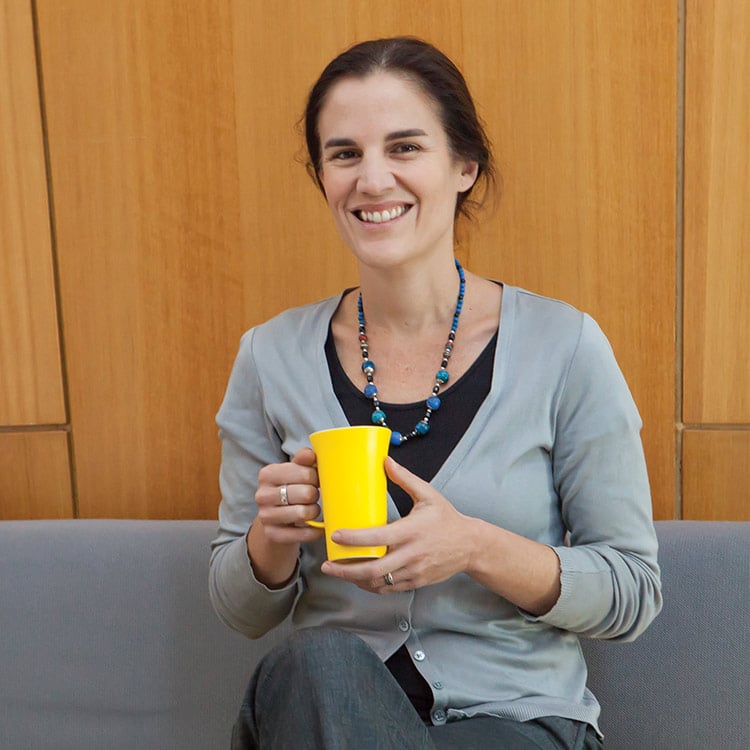Tracking the outcomes for kids from assisted reproductive technologies
One in 25 Australian births are now conceived with assisted reproductive technologies and with more couples choosing to have their children later in life, that number is set to rise.
With that in mind, The Kids researcher Michèle Hansen has spent the past two decades studying child health outcomes following ART.
Her groundbreaking research which found that children conceived with ART were twice as likely to have a birth defect, was highly controversial at the time and made world-wide headlines.
Dr Hansen’s journey began back in the mid 90’s when she was employed by the WA Health Department to manage the newly established WA Reproductive Technology Register, the only statutory ART register in Australia to this day.
ART treatment has always been mostly provided in private practice and back in the 90’s there was little follow up of the health outcomes for children born through these treatments.
The ART register was designed to change this, allowing identification of all ART and naturally conceived births in the State through linkage with the WA Midwives’ Notification of Births System.
In 1999, amid concern about the health implications of certain IVF procedures being used at the time, researchers at The Kids Research Institute Australia approached Dr Hansen and asked her to perform the first ever linked data study, to compare the risk of birth defects in children born through ART and those conceived naturally.
Dr Hansen said most of the research in the field up until that point had been conducted through individual clinics, using inappropriate study designs and small sample sizes.
“IVF clinicians were concluding that there was no increased risk of birth defects following ART because their results were not reaching statistical significance due to small sample size,” Dr Hansen said.
“Using high quality statutory datasets that included information on the whole population of births in Western Australia, we reported a very different story.”
Dr Hansen’s study found children born through ART had a twofold risk of having a birth defect. The results were published in the prestigious New England Journal of Medicine in 2002 attracting world-wide media attention.
“We knew immediately that our results were important and would be controversial. IVF clinicians were initially sceptical of our findings but, we were able to show, by systematically reviewing the world literature, that an increased risk really did exist,” Dr Hansen said.
Dr Hansen’s work has had a major impact on the field, with birth defects now being a research focus, and information on their risk being made available for the counselling of prospective patients.
Importantly, Dr Hansen’s recent research in WA has found an encouraging decline in the risk of birth defects for ART-conceived infants over time, although risks remain higher than for naturally conceived children.
Assisted Reproductive Technology
Assisted Reproductive Technology (ART) is the umbrella term used to describe a range of laboratory or clinical methods used to achieve pregnancy. They include In vitro Fertilisation (IVF), Intracytoplasmic Sperm Injection (ICSI), Frozen Embryo Transfer (FET).
What’s next?
Dr Hansen has just been awarded a 3 year NHMRC project grant and a 4 year NHMRC Fellowship to continue her work in this field.
“Although there have been many improvements in child health outcomes following ART treatment with the increasing use of elective single embryo transfer and enhancements in laboratory and culture conditions, there are still many gaps in our knowledge of the consequences of current ART practice,” Dr Hansen said.
“This study will assess fetal growth and birth defects in children born following a range of more recent ART treatments that are now used routinely in IVF clinics around Australia but for which we have almost no safety data in terms of birth defects risk.”

